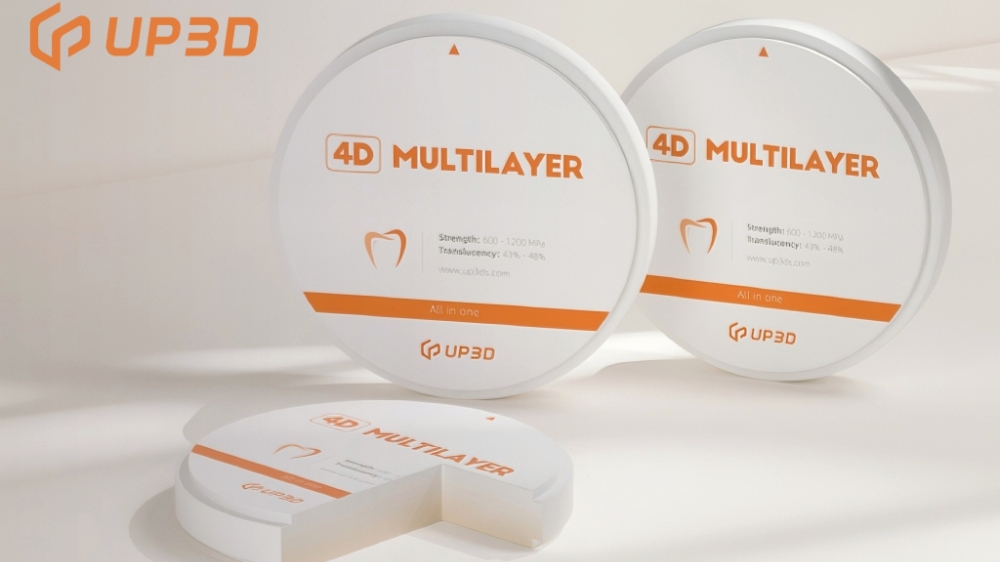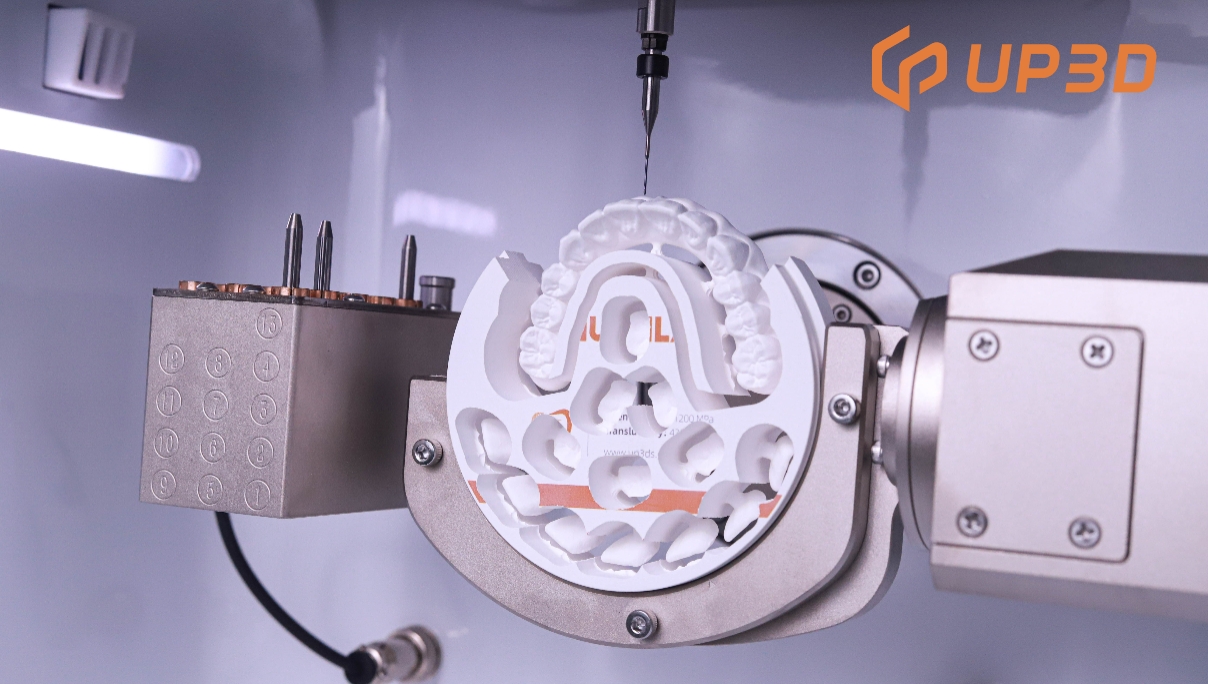In recent years, dental professionals have observed a clear shift in patient expectations. Functional restorations are no longer enough—patients want results that look natural, feel authentic, and offer long-term reliability. Whether it’s a single anterior crown or a full-arch bridge, the demand for materials that blend esthetics with performance is steadily rising.
This shift reflects deeper changes in restorative dentistry, influencing both clinical decision-making and laboratory workflows.
From Monochrome Blocks to Multi-Layer Solutions
Zirconia has long been valued for its strength and biocompatibility. But early generations, while durable, lacked the translucency and visual nuance required for high-esthetic zones.
Multilayer zirconia emerged as a solution.
Instead of relying on external staining or veneering techniques, multilayer blocks incorporate built-in transitions in shade and translucency. This reduces manual work, saves time, and improves consistency. Most importantly, it supports more natural-looking restorations with fewer processing steps.
We've seen more technicians lean toward these materials for high-anterior cases where visual accuracy is critical but layering isn’t feasible.
What Makes a Great Multilayer Zirconia in 2025?
Multilayer zirconia has advanced far beyond basic three-layer configurations. Today’s leading materials integrate multiple gradients—not just in color, but in translucency, strength, and fracture toughness as well.

An example of this next-generation design is UP3D’s 4D Multilayer Zirconia, which features up to eleven gradient layers. These layers create a seamless transition from a highly translucent incisal zone (49% translucency, 600 MPa) to a dense cervical base with up to 1200 MPa in flexural strength. The result is a balance of esthetics and durability within a single disc.
Rather than forcing a trade-off between visual appeal and mechanical reliability, these materials offer both—helping clinicians and technicians work smarter, not harder.
Clinical Applications and Practical Advantages
Multilayer zirconia is now commonly used for a wide range of restorations, including:
-
Veneers
-
Anterior and posterior crowns
-
Full-contour bridges
-
Screw-retained prosthetics
-
Full-arch restorations
The material’s layered structure supports functional needs while enhancing esthetic outcomes—especially in cases that demand both translucency and strength in different zones.

From what we've heard in lab feedback sessions, these materials are reducing the need for custom staining and minimizing post-sintering adjustments—two time-consuming steps that used to be unavoidable.
Smarter Choices for Modern Workflows
Efficiency in the lab doesn’t just mean faster turnaround—it means reducing complexity. Multilayer zirconia supports that goal.
Materials like 4D Multilayer Zirconia are compatible with both standard and fast sintering protocols, polish easily after sintering, and integrate well with existing CAD/CAM systems. When restorations come out of the furnace needing minimal finishing, the time saved can add up across cases.
The best materials don’t just perform—they simplify the process.
Final Thoughts: Beyond Esthetics or Strength—It’s About Balance
The future of dental restoration materials lies in achieving the right balance. Esthetics and strength are no longer mutually exclusive. Today’s multilayer zirconia reflects a smarter design philosophy—one that respects both the visual and functional requirements of modern dentistry.
As material technology continues to evolve, it will be interesting to see how multilayer design integrates further with AI-driven nesting, digital shading systems, and real-time chairside customization.
By choosing materials that align with this approach, dental professionals can deliver restorations that meet modern expectations—without compromising efficiency or performance.








